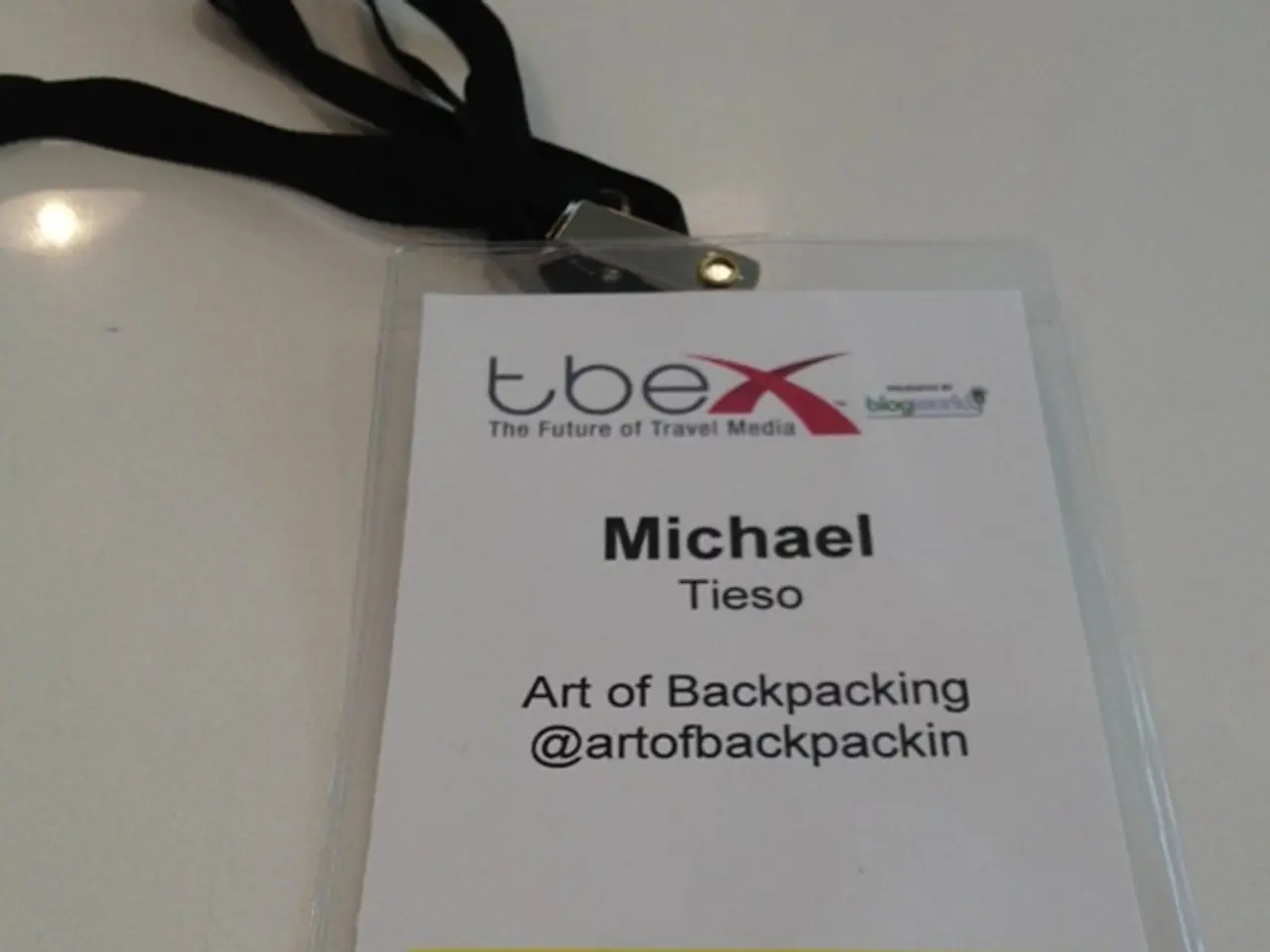Has the essence of travel been overshadowed by the influence of social media's visual appeal?
In the digital age, social media platforms like Instagram and TikTok have revolutionized the way we perceive and experience travel. Once-peaceful villages have become overcrowded hotspots, as travelers flock to destinations that boast the most visually appealing backdrops [1]. This shift is driven by the popularity of hashtags such as #Wanderlust and #TravelGoals, which have amassed billions of views [2].
This content-driven approach to travel has led to a prioritization of "Instagrammable" spots over authentic cultural engagement [1][2]. Tourists are increasingly performing travel for likes, views, and brand deals, rather than seeking meaningful experiences. This trend fuels over-tourism of visually striking but sometimes fragile destinations, causing environmental degradation and negatively impacting local quality of life [1][3][5].
The focus on aesthetics encourages superficial engagement, often sidelining the deeper local culture and authenticity of places [3][4]. This can lead to a loss of local identity and commercialization of traditions and spiritual practices. Social media also accelerates the rapid popularization of niche spots into mainstream tourist destinations, radically reshaping travel patterns and sometimes leading to overcrowding and inflated prices [2][3].
Efforts like "selfie parks" aim to mitigate damage by creating designated spaces where tourists can pursue their aesthetic desires without harming significant natural or cultural sites [1]. However, behind the polished social media images lies a curated, sometimes staged reality that can distort perceptions of both travel and the locations, fostering unrealistic expectations and a performative travel culture [4].
Travel, once characterized by curiosity and creating memories, is now often influenced by social media aesthetics. Places are chosen for their aesthetic appeal to be gram-worthy, such as the colorful wall in Chefchaouen, a swing in Bali, or the Hanoi Train Street Cafe. It's important to travel intentionally, focusing on real experiences and stories, rather than just capturing the perfect shot.
It's okay not to post everything on social media, some special moments are meant to be personal. Travel is about visiting another city or country to enjoy their food, culture, traditions, and way of living, but social media often strips destinations of their deeper context. Blindly chasing influencer recommendations can lead to overly crowded and expensive destinations.
In essence, social media aesthetics have transformed travel into a spectacle focused on visual performance, which reshapes where and how people travel. This trend introduces challenges for the sustainability and authenticity of local communities [1][3][4]. It's crucial to ask: what's beyond the frame? What's the story behind that temple or marketplace? Who are the people who live there? How has tourism changed their lives? By considering these questions, we can ensure that our travel choices are mindful, respectful, and enriching for both us and the communities we visit.
- The surge in popularity of visually-stunning destinations for travel, often shared on social media platforms, has led to a significant shift in the fashion industry, as brands capitalize on these trends to market travel-themed clothing and accessories [6].
- Travelling has become an integral part of the lifestyle and business culture, with social media influencers and celebrities promoting their travel experiences and endorsements on various platforms [7].
- The transformative impact of social media on travel and tourism extends to the entertainment industry as well, with reality shows and movies frequently featuring exotic locales to engage audiences and stimulate interest in global culture [8].




